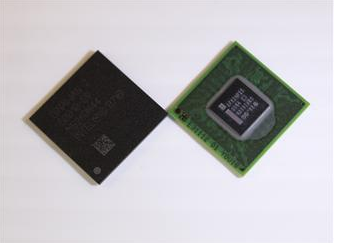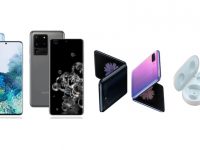The tech world has been abuzz with the news that Intel finally intends to get into the cellphone business in a big way, taking on ARM, with its new Moorestown-based processors (Atom Z6), which will run on Android and Meego cellphones and tablets. And as usual, with all things relating to chips, the talk has been of lesser power consumption while delivering stacks more productivity, ranging from better multi-tasking and HD video.
The problem is that, barring the tech crowd (read “fellers like us”), we are not too sure whether the consumer is actually too bothered about processor speed when it comes to handsets. This is quite the opposite situation as compared to computers, where even the least tech savvy consumer straightaway asks for the fastest processor. The reasons for this are many – for one, processor speed has not actually been highlighted in cellphones by most manufacturers (the market leader, Nokia, did not even give out the speed of the processors in its handsets until recently), and more importantly, unlike in computers, processor speed has not really been seen to make a massive difference on handsets.
That might sound a tad ridiculous – after all, a faster processor should work better than one that has lower MHz in it, right? Well, not quite. High-profile devices like the HTC HD2, the Sony Ericsson Xperia X10 and Google’s Nexus One, all run on 1 GHz Snapdragon processors, but, truth be told, their performance is more than matched by the likes of the Motorola Milestone and the iPhone 3GS, both of which run on much slower processors. Now, we do not mean to say that processor speed and quality does not matter, but we do think it is prudent to point out that a processor is only as good as the hardware and software that is built around it. Take the Nexus One and the Xperia X10, for instance. Both use the Snapdragon 1 GHz processor, but the former simply butchers the latter in the performance department. The iPhone 3GS, which is one of the fastest smartphones we have ever used, does not have a 1GHz processor, but leaves its competitors panting when it comes to speed of performance.
While we are delighted to see Intel finally set its sights on the smartphone and tablet market (heck, the more the competition, the better it is for consumers), we just would like to point out that the “Intel Inside” magic is unlikely to work in the segment unless backed up by appropriate hardware and software. For, at the end of the day, the consumer just wants a device that works well – specs be damned.





